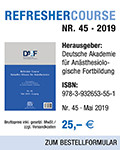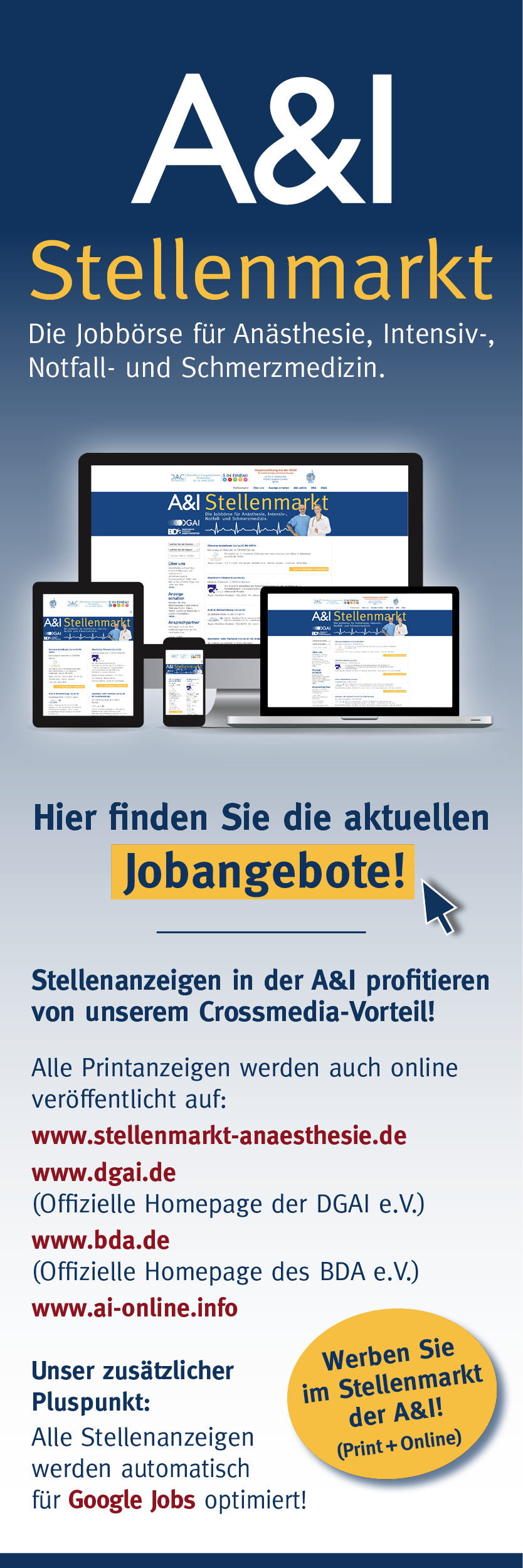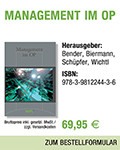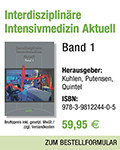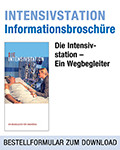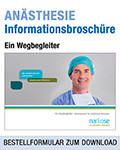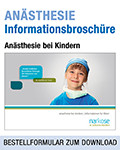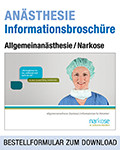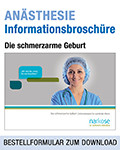Originalia | Original Articles
Klinische Anästhesie | Clinical Anaesthesia
E. Pfenninger, M. Minde, S. Heiderich, W. Klingler
SOPs und Guidelines zur malignen Hyperthermie
SOPs and guidelines for malignant hyperthermia: a German survey of 1,673 anaesthetists
Schlüsselwörter
Online-Umfrage, Maligne Hyperthermie, SOP, Guideline, Patientensicherheit
Keywords
Online Survey, Malignant Hyperthermia, Standard Operating Procedures, Guidelines, Patient Safety
Zusammenfassung
Background: The autosomal dominant inherited trait of malignant hyperthermia (MH) may result in a fatal metabolic crisis triggered by volatile anaesthetics and/or succinylcholine. Immediate diagnosis and goal-directed therapy reduce the mortality of an acute MH event to less than 5%.
In order to reach this goal, national and international recommendations, standard operating procedures (SOPs) and guidelines were published.
Aim: In a German national survey among anaesthesiologists, the current study investigated the awareness level of SOPs and guidelines for preparedness and treatment of an acute MH-crisis.
Material and Methods: An online questionnaire including questions about demography and personal experiences with MH was posted to all members of the German Society of Anaesthesiology and Intensive Care Medicine (DGAI). Other questions were concerned with the existence of SOPs and guidelines for preparedness and treatment of an acute MH crisis in hospital or outpatient settings, as well as the individual rating of German and European guidelines. The questionnaire was active from the 2nd of September until the 30th of September 2015.
Results: 1,673 members of the DGAI participated in the study. 94.5% of the participants stated that they used volatile anaesthetics and/or succinylcholine. 34.0% had witnessed one or more clinical MH episodes, and 44.9% had experienced at least one or more cases in which MH had been suspected. As regards the use of volatile anaesthetics 84.6% of the heads of anaesthesiological departments and 77.1% of self-employed anaesthesiologists working in in private practices stated that they hold available SOPs / guidelines on MH. 66.7% of the participants believed that the DGAI guidelines are adequate, whereas 22.0% preferred the guidelines released by the EMHG. However, 14.3% were not aware of DGAI or EMHG guidelines.
Discussion: National and international anaesthesiological societies recommend that SOPs/guidelines for the prevention, recognition and treatment of an acute MH crisis should be available at every anaesthesiological unit which uses MH triggering substances. Presumably one sixth of all German anaesthesiological units lack respective SOPs/guidelines. Hence remedy is advisable.
Summary
Background: The autosomal dominant inherited trait of malignant hyperthermia (MH) may result in a fatal metabolic crisis triggered by volatile anaesthetics and/or succinylcholine. Immediate diagnosis and goal-directed therapy reduce the mortality of an acute MH event to less than 5%. In order to reach this goal, national and international recommendations, standard operating procedures (SOPs) and guidelines were published.
Aim: In a German national survey among anaesthesiologists, the current study investigated the awareness level of SOPs and guidelines for preparedness and treatment of an acute MH-crisis.
Material and Methods: An online questionnaire including questions about demography and personal experiences with MH was posted to all members of the German Society of Anaesthesiology and Intensive Care Medicine (DGAI). Other questions were concerned with the existence of SOPs and guidelines for preparedness and treatment of an acute MH crisis in hospital or outpatient settings, as well as the individual rating of German and European guidelines. The questionnaire was active from the 2nd of September until the 30th of September 2015.
Results: 1,673 members of the DGAI participated in the study. 94.5% of the participants stated that they used volatile anaesthetics and/or succinylcholine. 34.0% had witnessed one or more clinical MH episodes, and 44.9% had experienced at least one or more cases in which MH had been suspected. As regards the use of volatile anaesthetics 84.6% of the heads of anaesthesiological departments and 77.1% of self-employed anaesthesiologists working in in private practices stated that they hold available SOPs / guidelines on MH. 66.7% of the participants believed that the DGAI guidelines are adequate, whereas 22.0% preferred the guidelines released by the EMHG. However, 14.3% were not aware of DGAI or EMHG guidelines.
Discussion: National and international anaesthesiological societies recommend that SOPs/guidelines for the prevention, recognition and treatment of an acute MH crisis should be available at every anaesthesiological unit which uses MH triggering substances. Presumably one sixth of all German anaesthesiological units lack respective SOPs/guidelines. Hence remedy is advisable.
